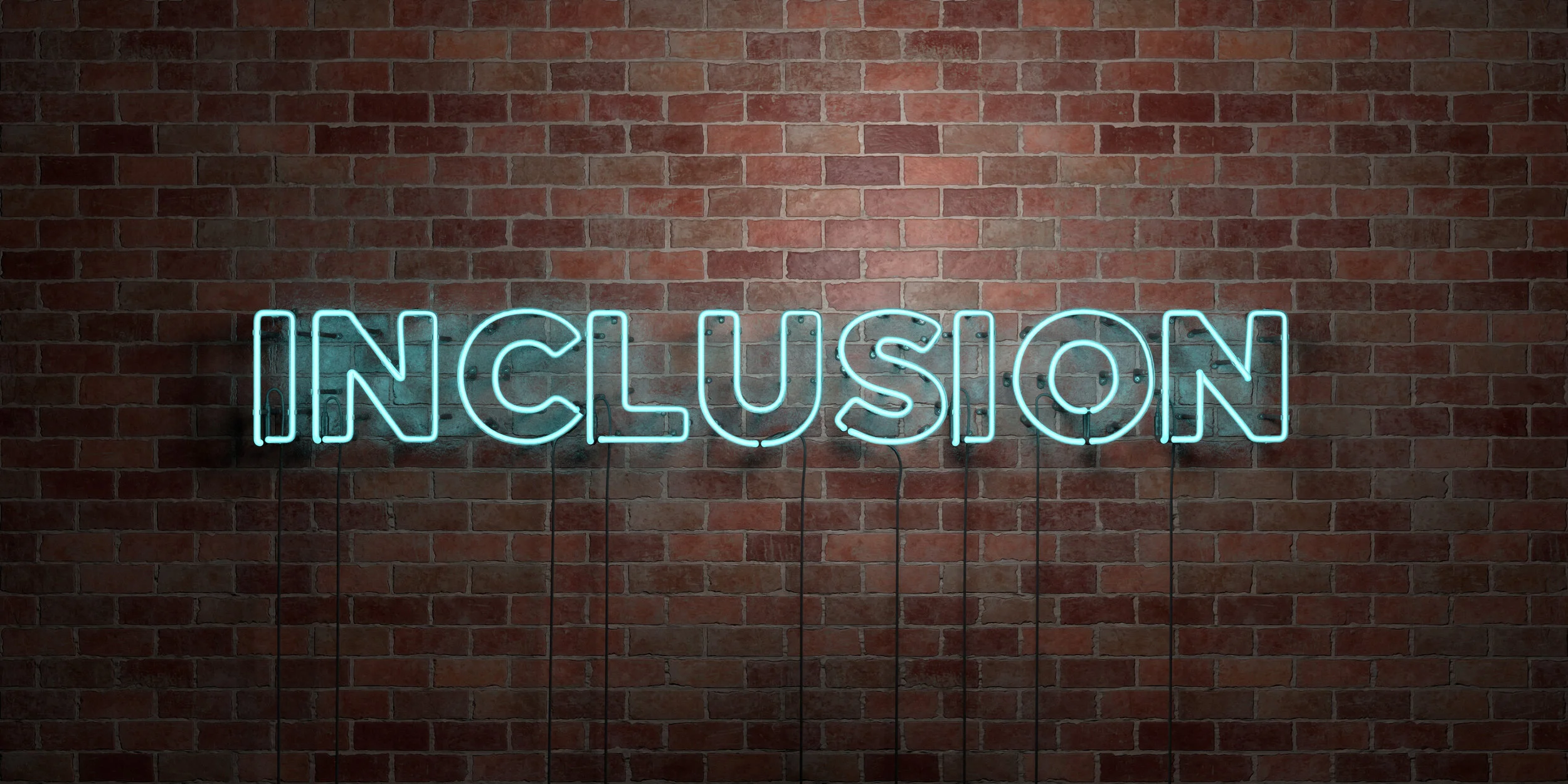An Inclusivity Checklist for Social Media
By Alexis Stark
In recent years, social consciousness and human rights advocacy make up a significant portion of the social and digital media we ingest every day. Social media platforms make sharing information, thoughts, opinions, as well as acts of injustice easy and accessible for readers and viewers around the world. Giving a voice to the people is powerful, but with all power comes responsibility.
According to the Pew Research Center, “more than 50% of American adults get their news from social media sites, and social media users are an incredibly diverse group across race, gender, income levels, and community type.”
Being in the public eye, public figures, companies, and businesses take on the responsibility of influence. Their actions, words, and online media presence can positively or negatively impact social dialogues. Often, people feel frustrated or limited by needed to be “politically correct” when they speak or write. In reality, there are some relatively simple things a writer can keep in mind, not for the sake of being “correct,” but being considerate of their online audiences.
When it comes to managing social media accounts for clients, from large corporations to local nonprofits, their voice represents their beliefs. If those beliefs include equitable representation, here is a checklist for producing inclusive social media content.
Check Your Language
Maintaining your client’s voice throughout their social media is the first priority. As a public representation of your company, a content writer’s second priority should be to use inclusive, representative language in their content. Write content with the target audience in mind, but also be mindful of how your words translate values of that company. For example, if a client wishes to convey their values on gender equity, their social media should utilize gender-neutral pronouns when appropriate or when unsure of a person’s name or gender identity. Person-first language is also crucial to use unless indicated otherwise by the client. This looks like: “person with a disability” versus “disabled person.” A content creator should honor the identities of their clients and prospective audience, whenever possible.
Check Your Imagery
When using stock images or generic graphics with people and faces, consider how authenticallyyou’re representing diverse populations and the community you’re targeting with your social media. Research from the Geena Davis Institute on Gender in Media at Mount Saint Mary’s University and J. Walter Thompson New York shows between 2006 and 2017:
- Men get 4 x as much screen time as women
- Men speak 7 x more than women
- 25% of ads feature men only, while only 5% of ads feature women only
- 18% of ads feature only male voices, while less than 3% of ads featuring female voices only
Diversity shouldn’t be forced; diversity strengthens your online social presence, empowering a variety of people to view your content and see themselves represented. Equitable representation doesn’t just involve race but additionally considering gender, sexuality, and socioeconomic status.
Check Your Accessibility
Depending on the demographics of your target audiences, there are small adjustments you can make while writing content to make it accessible for a broader range of people. Shift away from the “one-size-fits-all” solution and discover little ways to be inclusive to larger groups of abilities. Add closed captions to your videos; this appeals to those with permanent, temporary, or situational hearing impairments. Including detailed descriptions under photos of people, products, or community events, so people with visual impairments can use text-to-voice software and understand how to visuals couple with the copy.
Check Yourself
As human beings, making mistakes is inevitable. This being said, when you know better, you do better. As a social media writer creating content for multiple clients, always be willing to learn, adapt, and never stop improving. Individual biases exist, but it is your job to check your personal bias at the door when representing your clients in digital spaces. It is also good practice to avoid assuming things like gender, ethnic background, or a person’s background in general, when it comes to copy, graphics, or digital methods of communications. When engaging with comments and direct messages on social media, be respectful and open-minded. Monitor your clients’ comment sections and be quick to remove anything misogynistic, racist, homophobic, or general hate or intolerance.
Overall, being mindful of how you’re representing your client’s image on social media is just as important as being respectful of your audience. If you are unsure or have questions, do your research. There are plenty of online resources addressing inclusivity on social media. Don’t be afraid to “be wrong” and if you feel comfortable, reach out to people you know for help. Including multiple perspectives in your process strengthens the voice of the client’s social media and helps people feel represented in online spaces. Have the conversation and get on the same page with your client about their beliefs and target audiences, so you can best represent them through their social media content.
References:
https://cookross.com/blog/a-checklist-for-an-inclusive-social-media-presence/
https://blog.hootsuite.com/gender-inclusive-social-media/
https://www.pewresearch.org/fact-tank/2014/09/24/how-social-media-is-reshaping-news/

